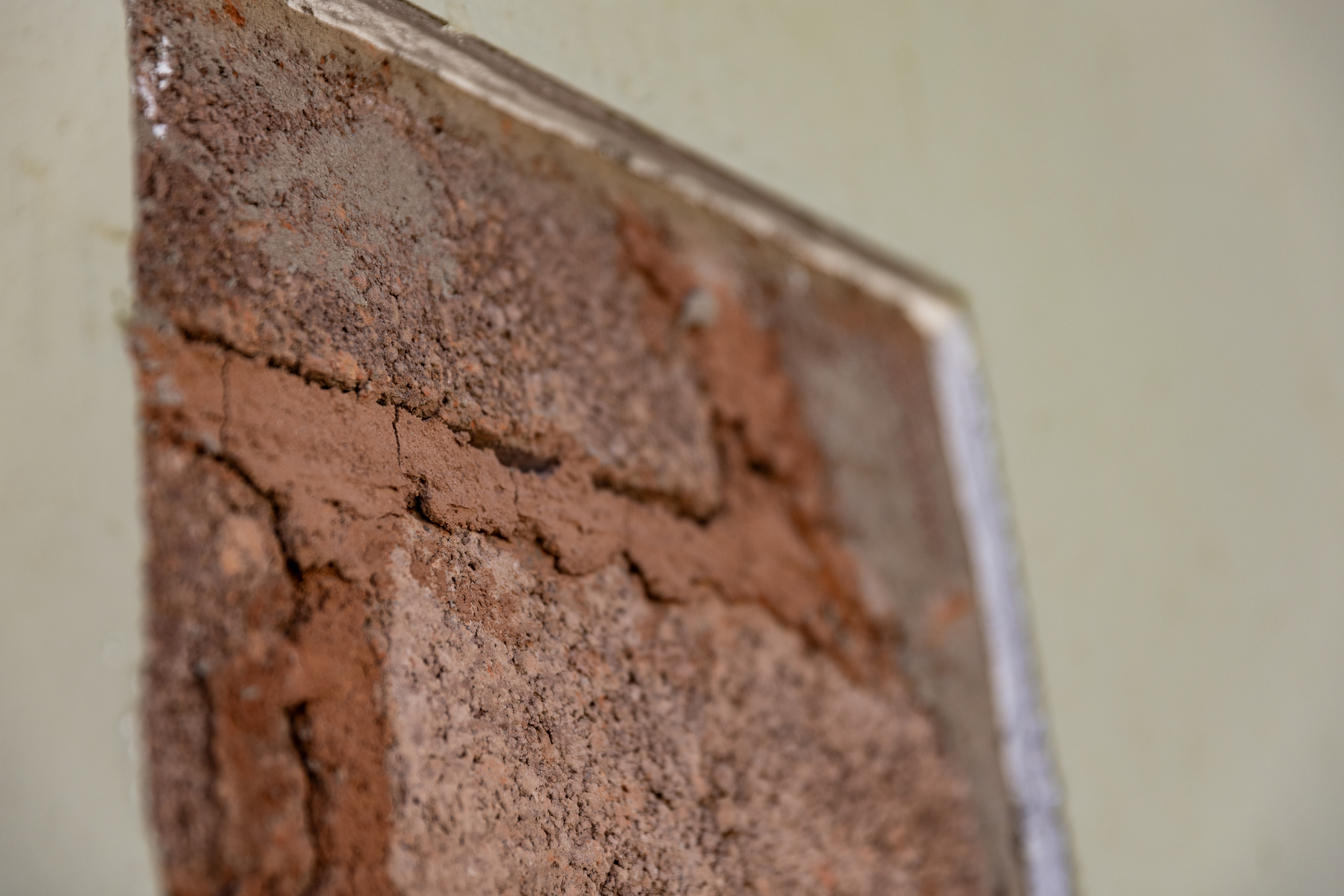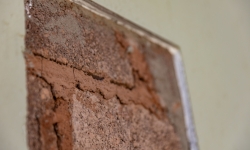Revolutionising South Africa’s construction industry: Introducing the CSIR-developed green cement
The tale of the CSIR-developed green cement goes beyond technological innovation; is an innovation that promises a future where sustainability and affordability coexist harmoniously.
The tale of the CSIR-developed green cement goes beyond technological innovation; is an innovation that promises a future where sustainability and affordability coexist harmoniously.
Meet Joe Mapiravana, a principal researcher at the CSIR in Pretoria, South Africa. His genesis in cement began with a simple, yet profound question: "How can we make a cement that is more eco-friendly and still competitively priced?" Fuelled by this question, Mapiravana embarked on a mission that was two-fold: Reducing the carbon footprint of cement and making it accessible in terms of geographical proximity to the market and pricing.
Traditional Portland cement production is associated with high energy consumption and greenhouse gas emissions, making it one of the major contributors to global carbon dioxide emissions. The construction industry faces numerous challenges, such as skyrocketing cement costs, environmental concerns regarding carbon intensity and the urgent need to empower small, medium and micro-sized enterprises (SMMEs) in the construction sector. CSIR-developed green cement is an innovative solution that addresses many of these challenges.
The CSIR’s groundbreaking approach centres on metakaolin, derived from South Africa’s abundant clay resources. Specific cement blends incorporating metakaolin not only outperform pure conventional Portland cement but also bring about significant reductions in production costs and address logistical challenges associated with transporting bulk cement.
The transition from laboratory-scale experiments to commercial readiness has not been without its challenges. Scaling up operations while maintaining quality and consistency posed technical hurdles.
What distinguishes the CSIR green cement product is its reduced carbon footprint, aligning seamlessly with global efforts aimed at achieving net-zero emissions.
A turning point in Mapiravana’s journey came when he secured Apex funding – a pivotal moment enabling the much-needed scaling up of operations. This funding played a crucial role in overcoming obstacles that had previously hindered progress.
Mapiravana’s journey from the laboratory to the market demanded a rigorous stage-gate process, comprehensive market analysis, resource mobilisation and collaboration. The value chain required resilience and an acute understanding of market dynamics. The success of the green cement depends significantly on strategic collaborations and partnerships, empowering SMMEs to enter the cement industry. Prioritising regulatory compliance and ethical considerations is crucial to ensuring success.
Mapiravana’s green cement journey has been marked by several notable milestones, including patented technologies, successful testing with industry partners and positive reviews from builders regarding the green cement blends.
Looking ahead, the team remains optimistic that its green cement will gain traction, locally and regionally in the next five years, exerting a significant impact on Africa's construction industry. It aspires to become a global force within a decade, capable of meeting the world's infrastructure demands while championing sustainability.




